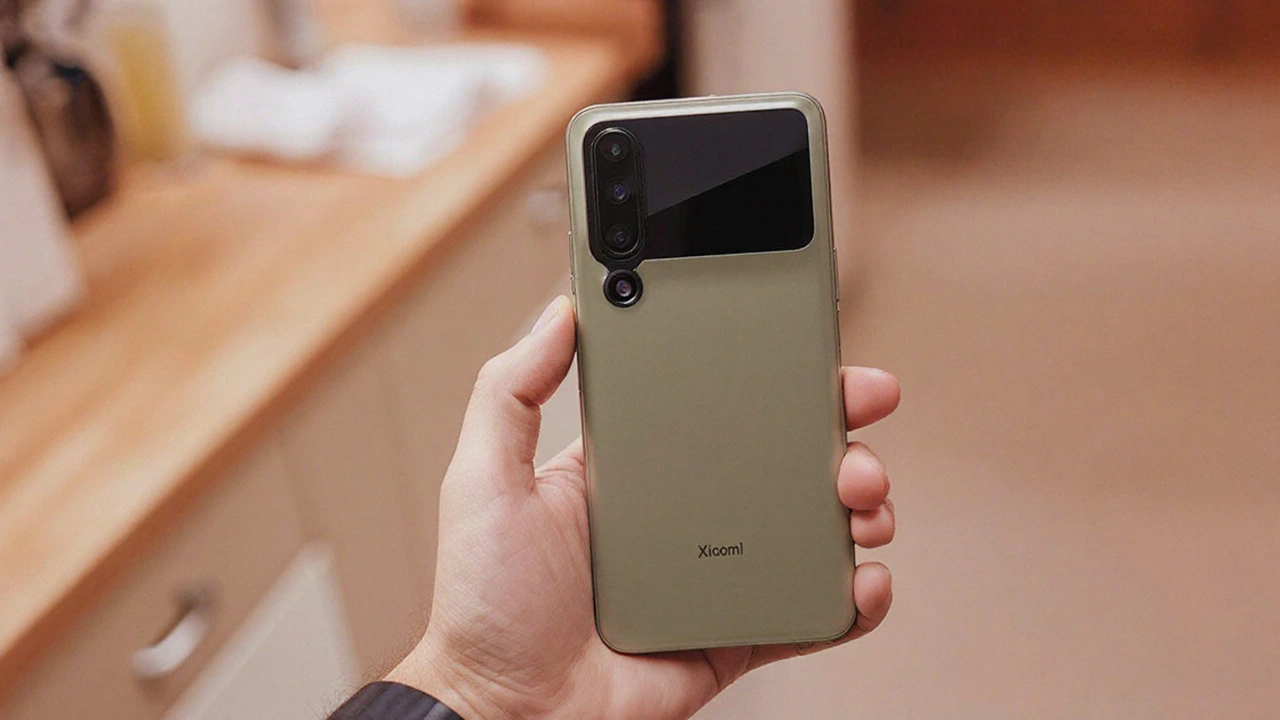Dual-screen smartphones: what they are and why you might want one
Dual‑screen phones combine two separate displays into a single device. One screen works like any regular smartphone, while the second gives you extra space for apps, keyboards, or media. The idea is simple: more screen real‑estate without carrying a tablet. Brands such as Samsung, Microsoft and LG have released models that let you drag a chat onto one side and watch a video on the other, turning a phone into a mini‑workstation.
How dual screens change the way you use your phone
First, multitasking becomes smoother. Instead of toggling between apps, you can keep a map open on one panel while texting on the other. This cuts down on time‑wasting and makes navigation while driving safer. Second, the extra screen is handy for content creators. You can use the lower half for a virtual keyboard while the upper half shows a photo editor, giving you a more natural workflow. Third, gamers appreciate the ability to keep a chat window or game stats visible without pausing the action. Even casual users find the split‑screen mode useful for reading articles while scrolling social feeds.
Things to check before buying a dual‑screen phone
Look at the hinge or folding mechanism. A sturdy hinge means the device will survive daily opening and closing. Check online reviews for any wobble or screen gap issues. Battery life matters more on a dual‑screen phone because you’re powering two displays. Aim for a model with at least 4,500 mAh and fast‑charging support. Software integration is another deal‑breaker; the OS should handle screen‑pairing automatically, and popular apps need to be optimized for the extra panel.
Size and weight also affect comfort. Some dual‑screen phones feel like a small tablet, which can be bulky in a pocket. If you travel a lot, consider a thinner design with a protective case that doesn’t hide the second screen. Finally, price. These devices sit in the premium range, often $1,000 or more. Weigh the productivity boost against the cost—if you mainly use a phone for calls and texts, a regular phone may be enough.
Practical tip: try the device in a store before buying. Open and close the hinge a few times, launch a split‑screen app, and see how the weight feels. If the phone supports a stylus, test it too; many dual‑screen models pair well with a pen for note‑taking or drawing.
In summary, dual‑screen smartphones give you more screen space, better multitasking, and a fresh way to interact with apps. They’re especially useful for power users, mobile gamers, and anyone who likes to keep a video or document visible while working. By checking hinge durability, battery capacity, software support and price, you can pick a model that fits your lifestyle without breaking the bank.





